Catmint Seeds - Blue

Flower Specifications
Season: Perennial
USDA Zones: 3 - 9
Height: 12 inches
Bloom Season: Summer
Bloom Color: Blue
Environment: Full sun to partial shade
Soil Type: Well-drained soils, pH 5.8 - 6.8
Deer Resistant: Yes
Latin Name: Nepeta Mussinii
Planting Directions
Temperature: 68F
Average Germ Time: 14 - 21 days
Light Required: Yes
Depth: Do not cover the seeds, but tightly press into the soil
Sowing Rate: Approximately 1,000 seeds covers 20 square feet or 3 - 4 seeds per plant
Moisture: Keep moist until germination
Plant Spacing: 12 inches
Care & Maintenance: Catmint
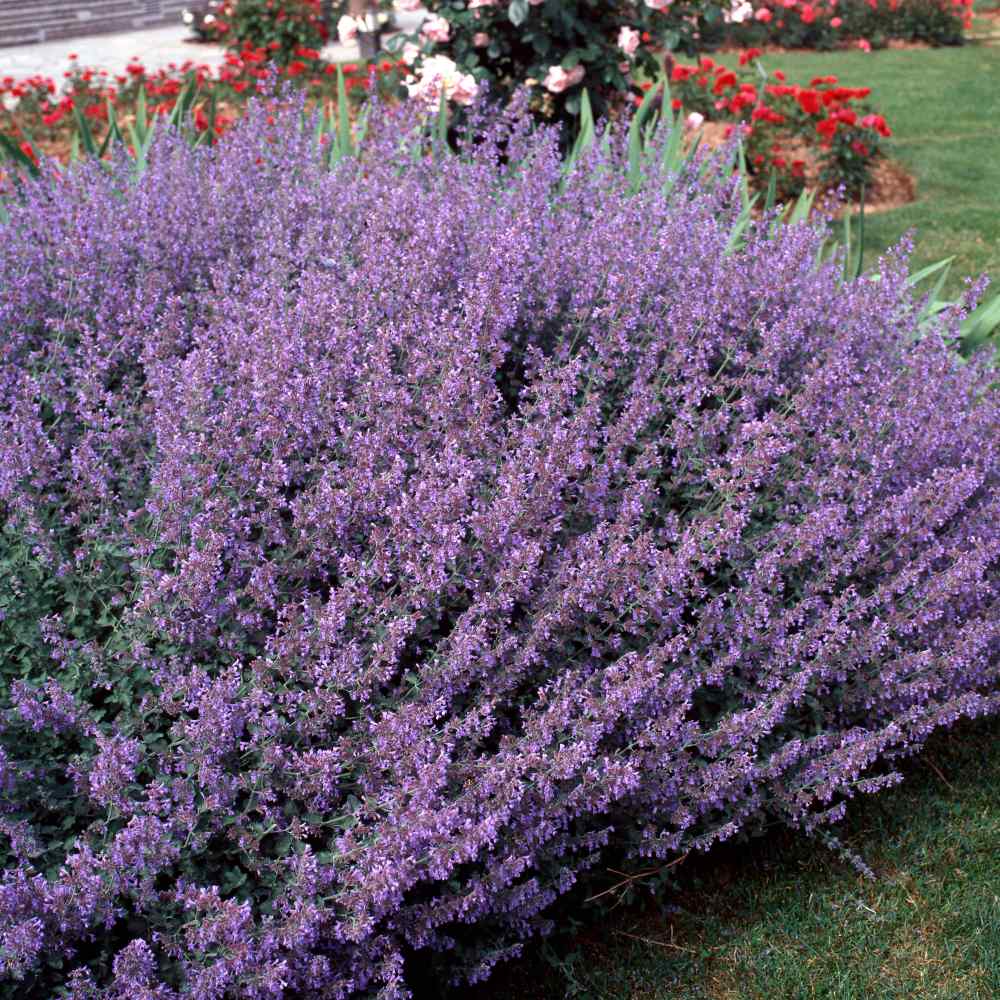
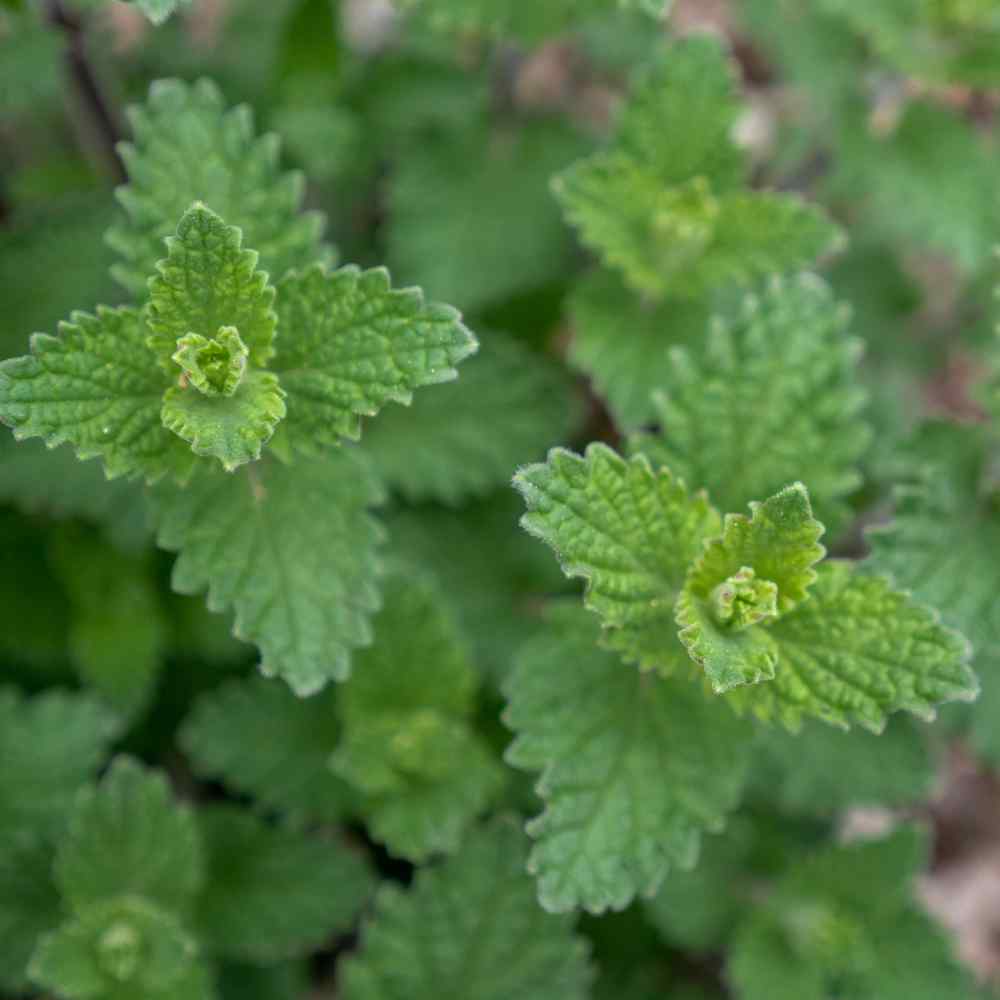
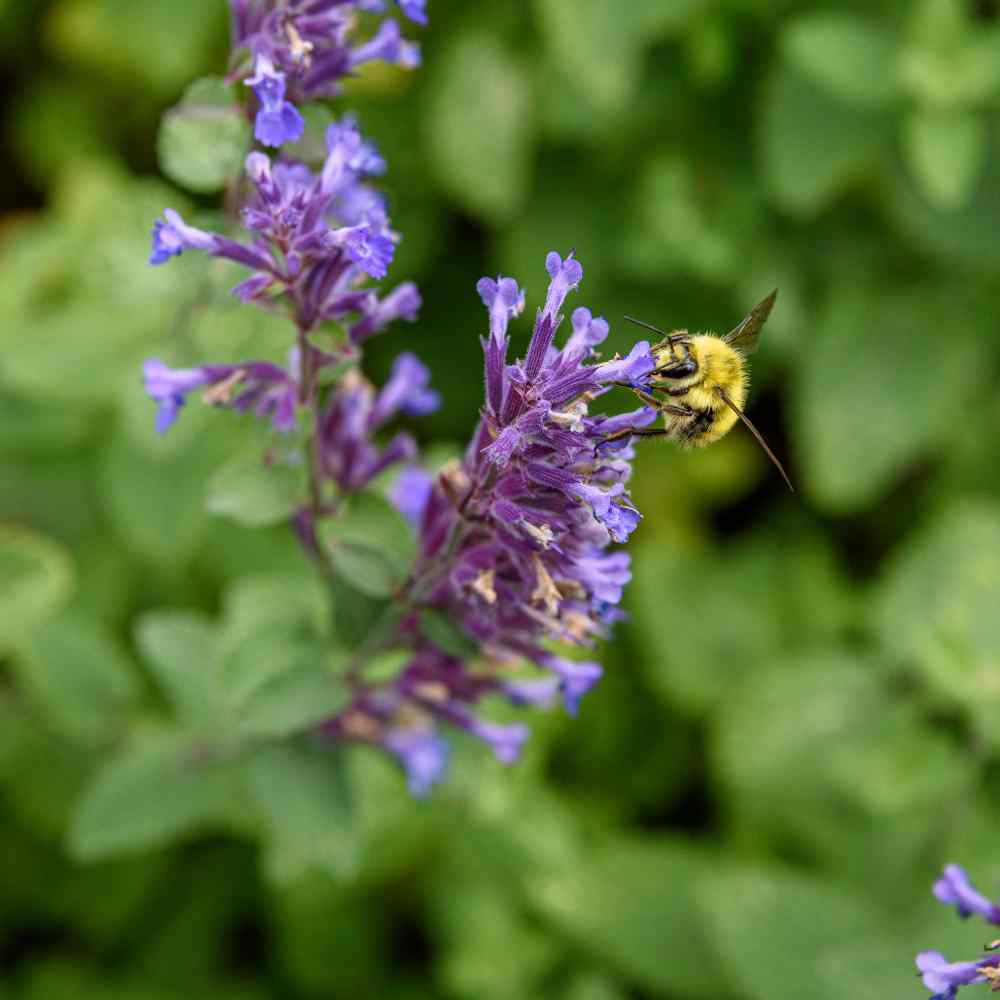
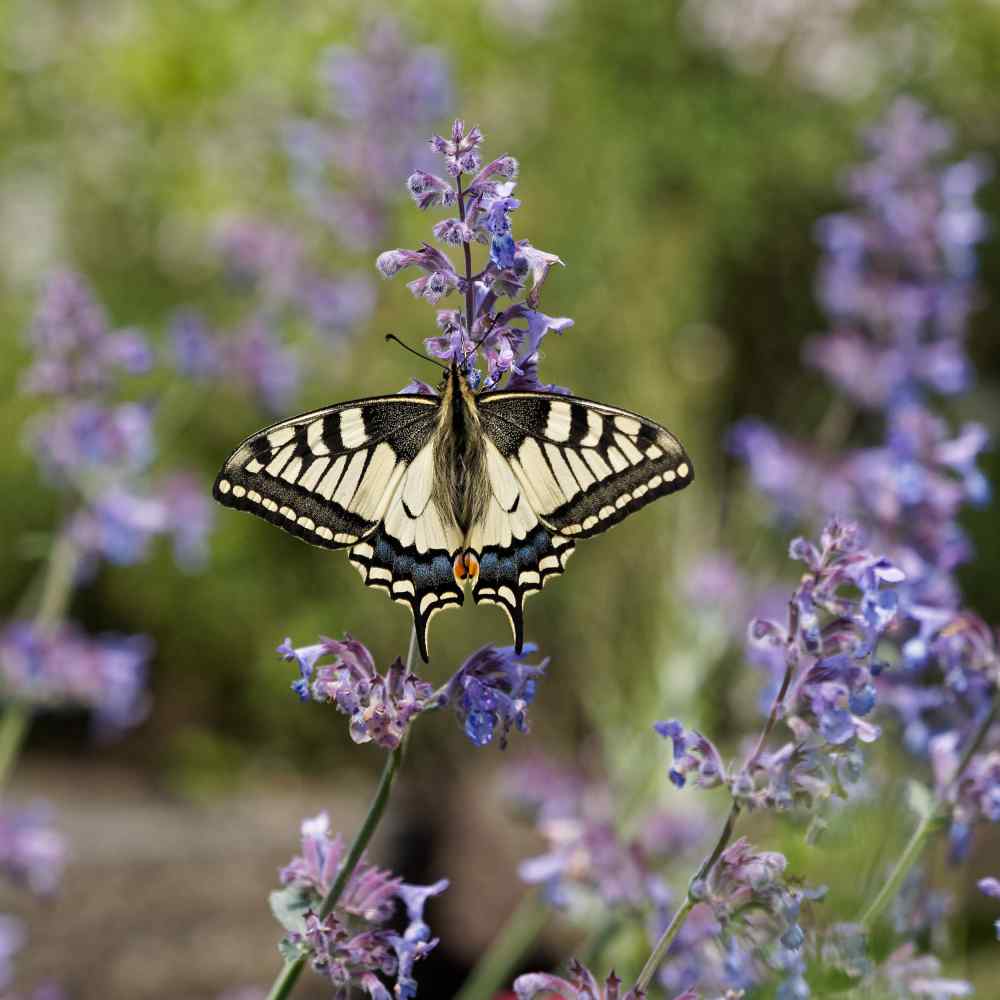
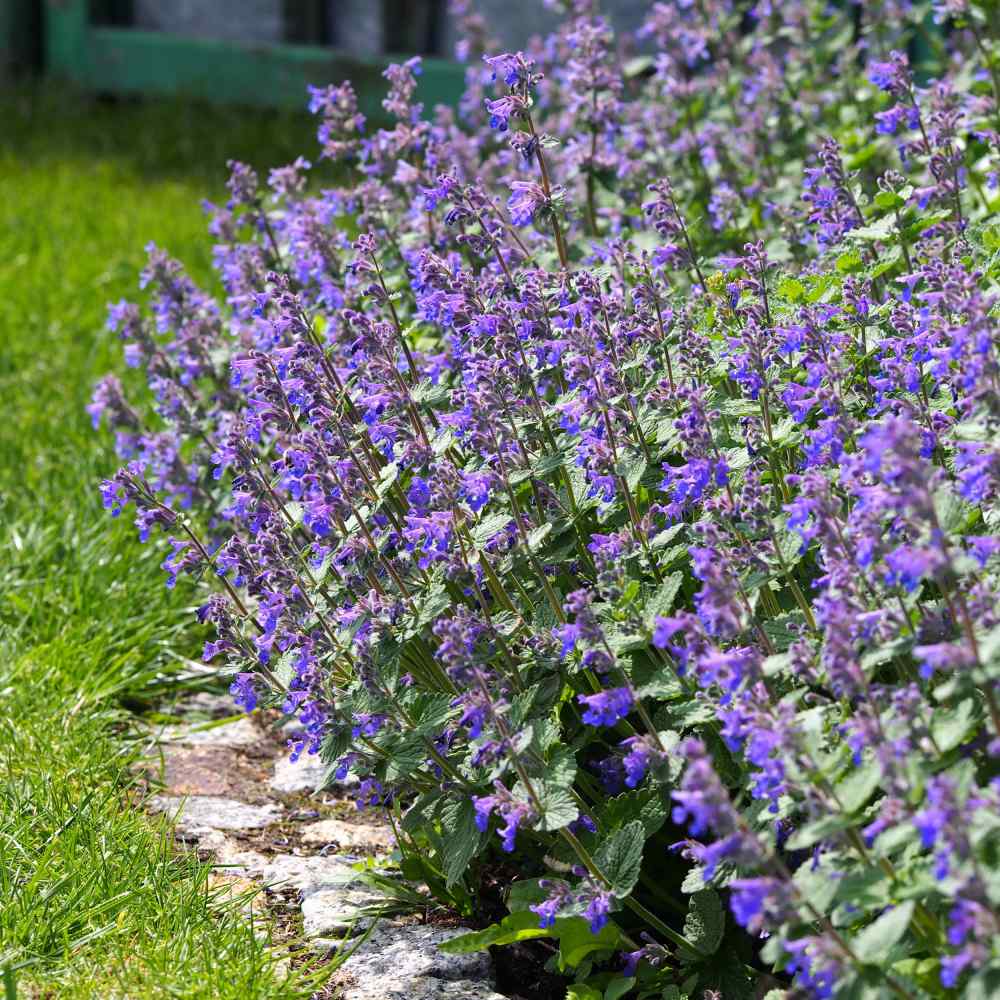
Catmint (Nepeta Mussinii) - Grow this member of the mint family from Nepeta seeds. This popular plant forms a low-growing mound of fragrant foliage with spikes of 12 inch violet-blue flowers. The plant is very easy to grow from flower seed, and if the seeds are sown early in the season, it will bloom the first year. It is a perennial that blooms like an annual. The foliage is vigorous and spreads to a width of 10 - 12 inches. Catmint plants work well as a general ground cover, accent plant, pathway edger, rock garden specimen, or in the herb garden. Like catnip, Nepeta Catmint attracts cats, and its flowers furnish nectar for hummingbirds and bees.
Growing Catmint from seed is not difficult. After the danger of frost has passed, in a prepared seedbed that is in full sun to partial shade, sow the Nepeta seeds directly outdoors, preferably in soil that drains well. Press the seeds into the soil but do not cover them, and keep the flower seeds moist until germination. Thin the seedlings to 12 inches apart and pinch off the growing tips to promote a bushy growth habit. Care of Catmint plants includes trimming the plants back after blooming to encourage a second bloom. The plants are aggressive and don't need much care, but an application of fertilizer 1 - 2 times during the growing season is beneficial. Give Nepeta plants lots of space as they will spread. Many gardeners will border them with an edging. Well-established plants can be divided in the spring.































